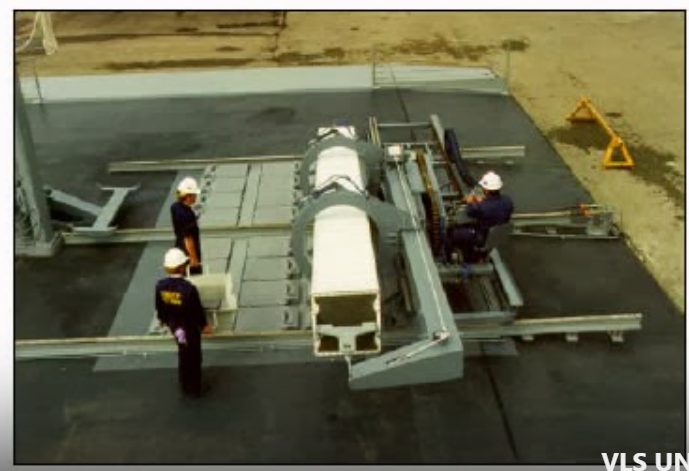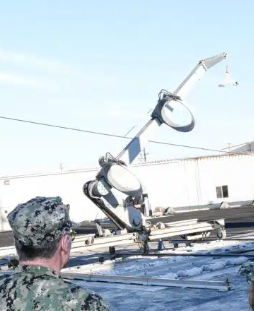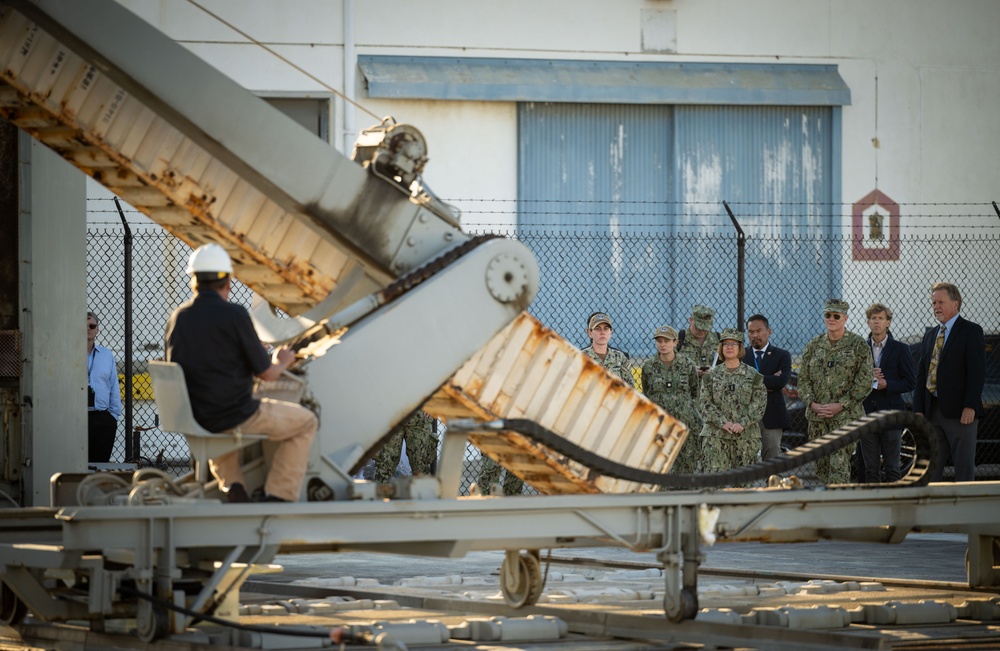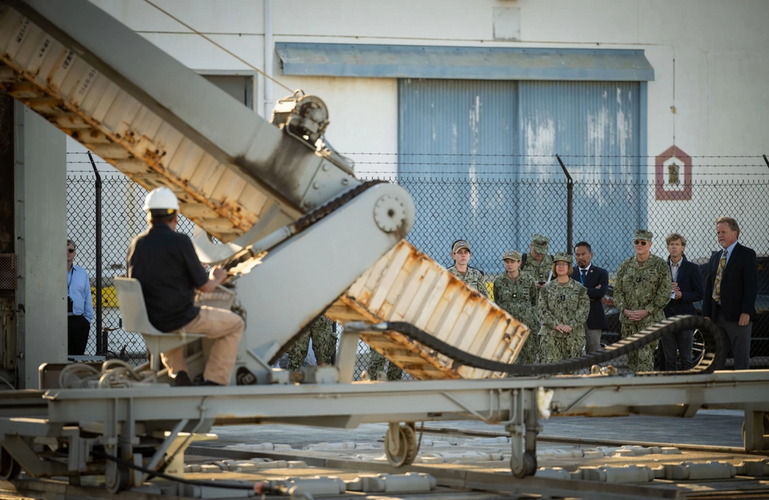jsport
what do you know about surfing Major? you're from-
- Joined
- 27 July 2011
- Messages
- 7,733
- Reaction score
- 5,752
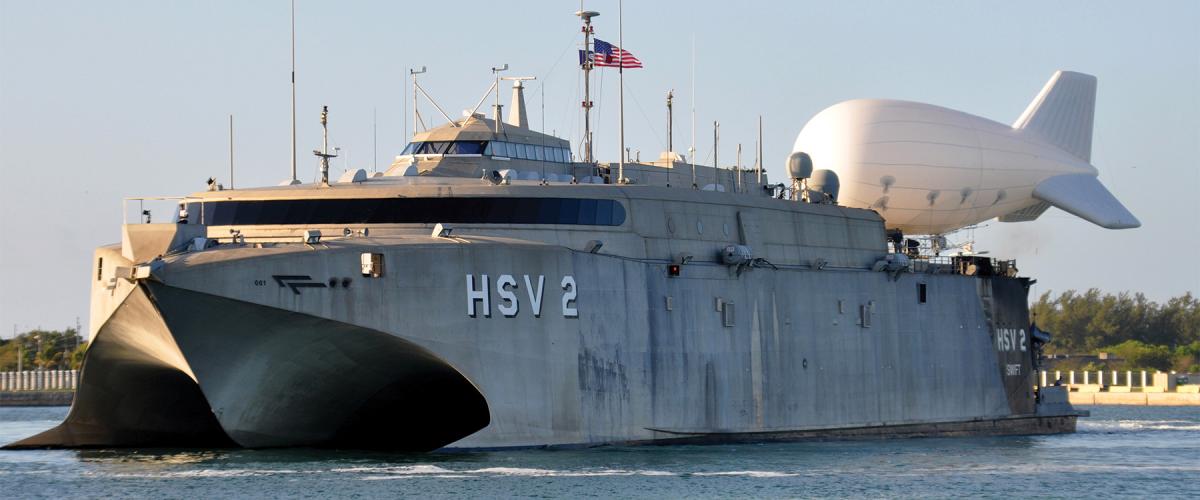
If the Balloon Goes Up
Networked aerostats could field a variety of sensors and weapons.

They can certainly replace E2s for radar coverage, but that means that you have a ship out there under that radar instead of a much more mobile Hawkeye.
If the Balloon Goes Up
Networked aerostats could field a variety of sensors and weapons.www.usni.org
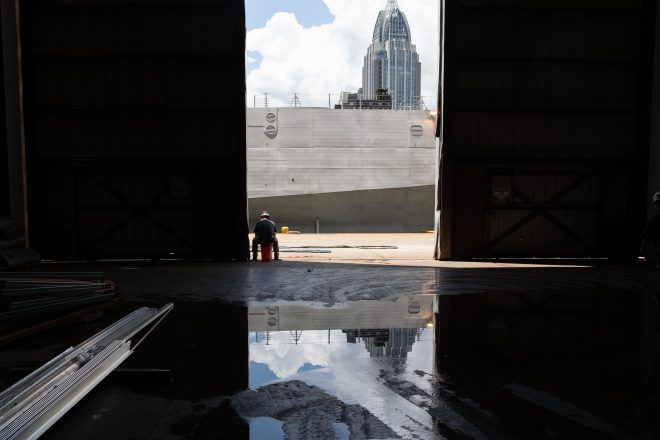
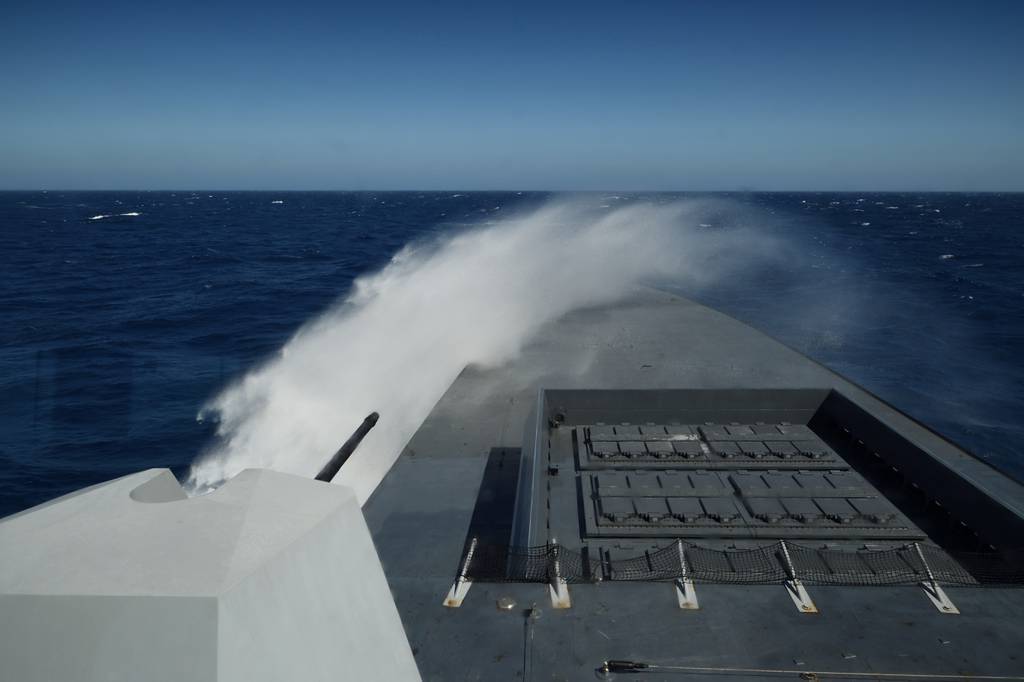
It seems like a silly idea to essentially rush a brand new series of new FACs to production in the next few years to cover a short term firepower gap. The wargame the article mentions determined that basing missiles on ships was about the least efficient way to introduce additional firepower to the region given the long reload times. In the timeframe the article is discussing, about all that can be done is to stockpile PGMs, harden facilities as much as practical, and train for dispersed fighting. In the USN's case in particular, I think it should get as many Tomahawks, LRASMs, and MALD-Ns to the fleet as production lines can to maximize its long range striking power. On a more mundane level, more money should be provided for training and maintenance to get the maximum number of platforms combat worthy - the submarine force in particular is suffering. Building a brand new ship type based on an unproven doctrine with "existing weapons" (what exactly could they be equipped with other than Harpoon?) seems completely pointless.
EDIT: quoted the wrong posted article
Powerpoints wouldn't even be done by 2025.The idea that a new program start in 2023 could result in ships in the fleet in 2025 borders on delusional. Even setting aside the budgetary, programmatic, and industrial impossibilities, where exactly are the crews going to come from for these ships?
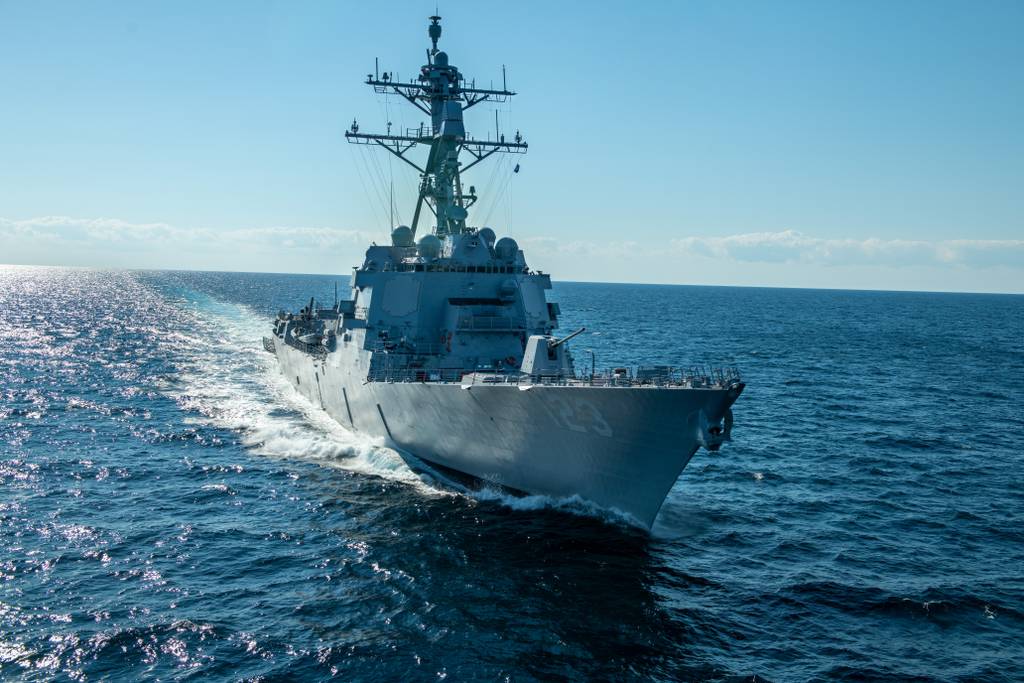
No, it's straight up delusional. It's physically impossible to achieve that, even if the US bought something like a Saar 6 design. First in class are always late to deliver because the workers haven't figured out the tricks to building that ship yet.The idea that a new program start in 2023 could result in ships in the fleet in 2025 borders on delusional.
Very large enlistment bonuses, and probably a pay increase to go with them.Even setting aside the budgetary, programmatic, and industrial impossibilities, where exactly are the crews going to come from for these ships?
Two yards were awarded.Is it really awarding when they are the only Yard able to build the Burkes?
Even sole source awards are "awards," but this was legitimately a contest. Bath got three, HII got six. The Navy's strategy for awarding major combatants is that both yards get enough work to keep going and then they compete for the hulls beyond that minimum. HII definitely won this round, Bath is still struggling to get back to where it wants to be after some bad breaks and bad management left them in poor shape.Is it really awarding when they are the only Yard able to build the Burkes?
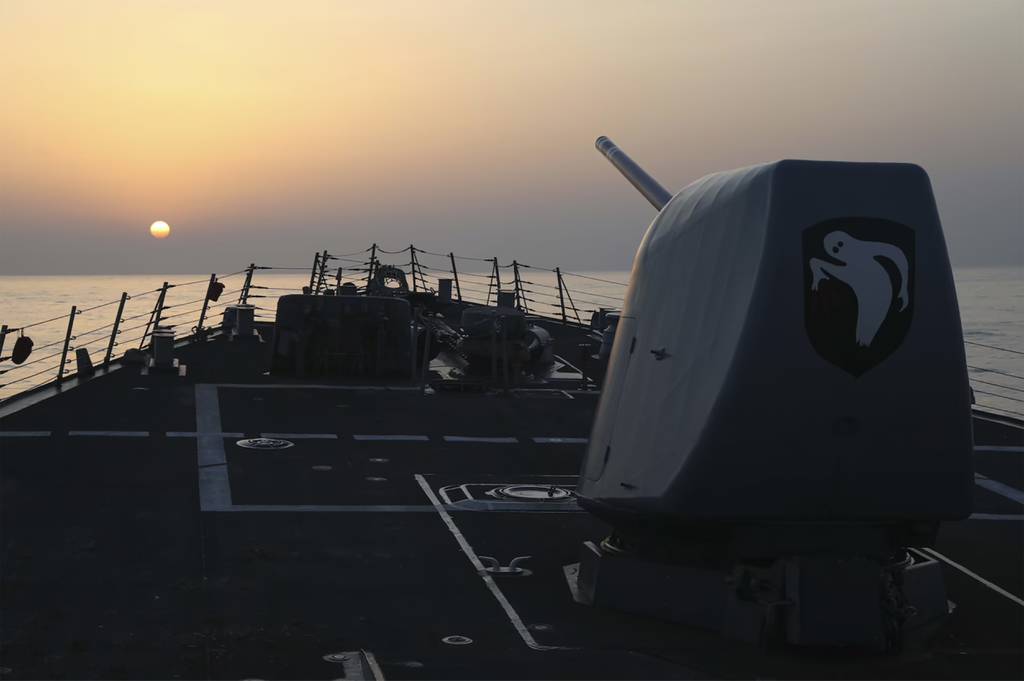
“The original 35-year life of the (Arleigh Burke) class was based on an expectation that they would become obsolete before they got too old to maintain,” he said. “With increasingly digital Aegis, combat system upgrades are getting easier and less expensive.”
The case by case seems to be whether the DDGs were upgraded to Aegis Baseline 9, which includes a fairly intense HM&E period as well.Extension on a case by case basis based on cost seems reasonable. ships in this class still easily outgun any adversary that isn’t the PLAN;
The case by case seems to be whether the DDGs were upgraded to Aegis Baseline 9, which includes a fairly intense HM&E period as well.
Hypersonic weapons. ABMs. Also, don't get stuck in the mindset of only having one size of cell. And you need the cells first. Nobody is going to build a weapon for a non-existent cell. And you can always put a small missile in a large cell. The reverse is not true.
Just for some perspective. The one on the left is a Mk41. Then Mk57, SK VLS (K-VLS II), and then China. If you don't think there isn't the potential to be seriously outgunned I don't know what to tell you. Also, China is able to fit 112 cells on a smaller hull than Zumwalt, with it's 80 smaller cells.
View attachment 642460
View attachment 642461
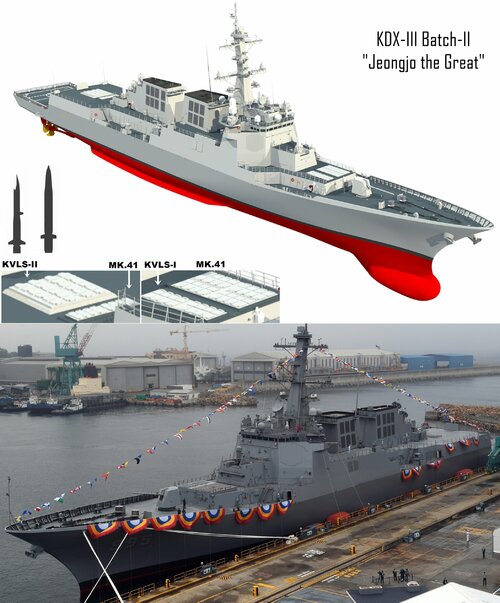
Any idea how much bigger the KVLS-2 cells are? 25"? 30"? 40"?K-VLS II are larger cells currently being developed by Hanwha to launch the future long-range surface-to-air missile (150 Km range) Cheongung 3 (also known as L SAM). Naval News learned from a source at LIG Nex1, that the naval L SAM (which is still in conceptual phase) will only have minor modifications compared to the land-based variant. L SAM is intended to replace SM-2 in the ROK Navy. K-VLS II will also likely be used to launch the new supersonic anti-ship missile.
I think they might be over 1m (so 40") but this is all we have so far.Any idea how much bigger the KVLS-2 cells are? 25"? 30"? 40"?
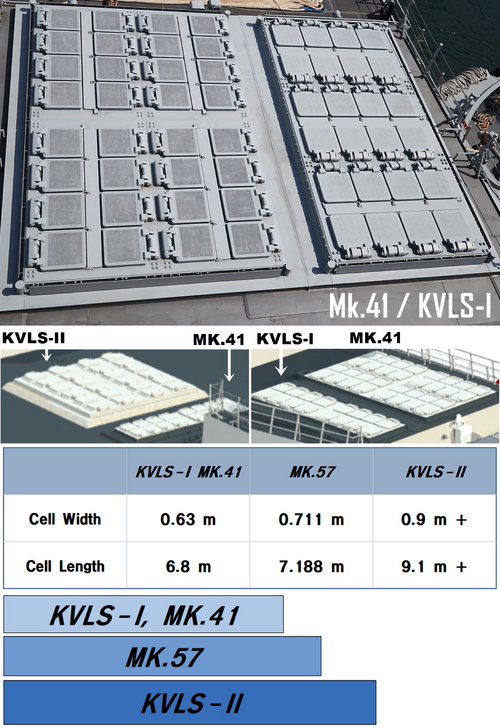
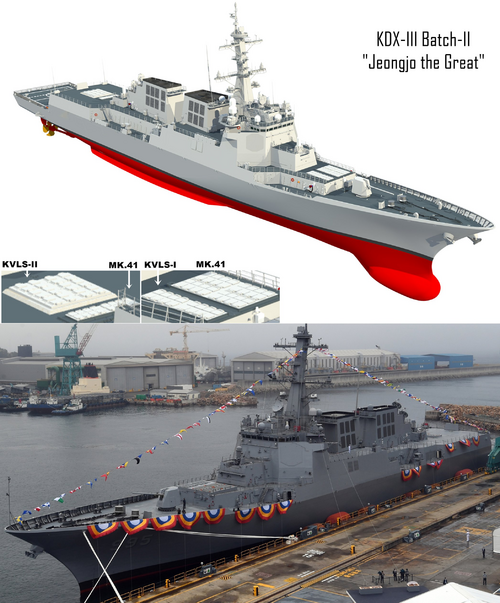
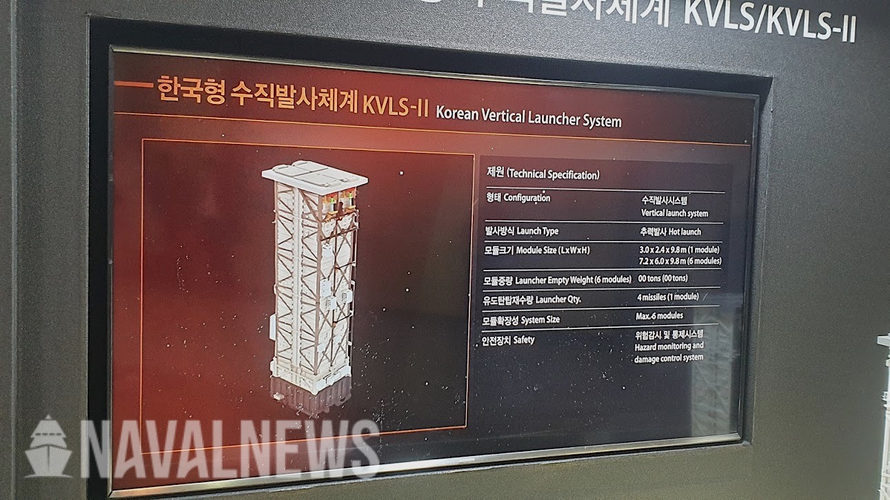
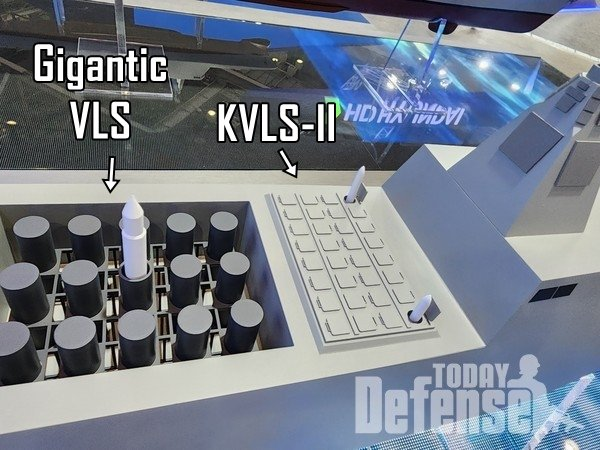
Looks like about 1.2m outside dimensions, so 1m tube diameter is probably right.Aha, this is what I was looking for (click to make bigger). 1 module is 4 VLS = 3.0x2.4x9.8m!
View attachment 706994
Yes, it fits the Hyunmoo IV-2, which is about 1m diameter AFAIK.Looks like about 1.2m outside dimensions, so 1m tube diameter is probably right.
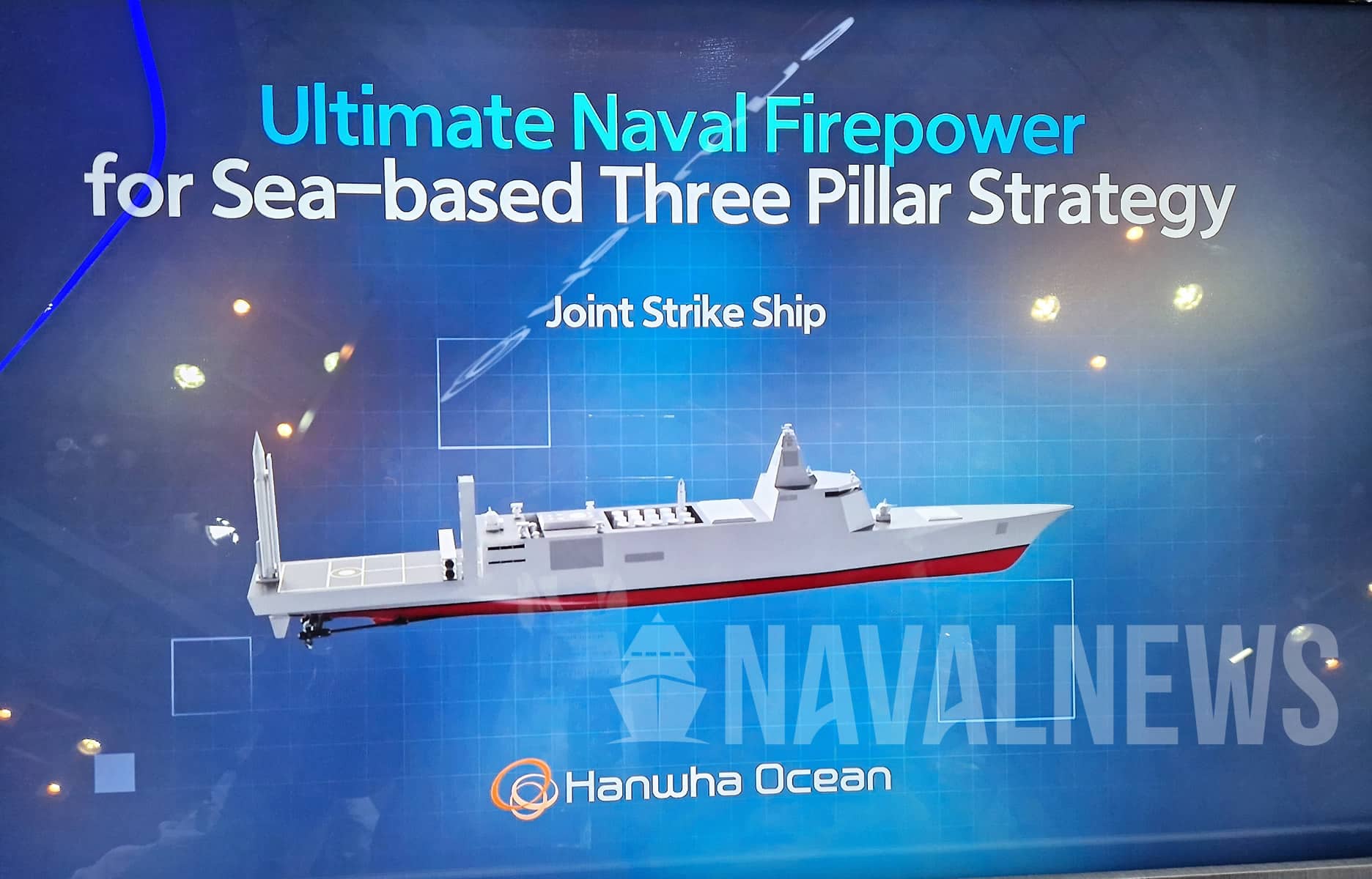
One is that the big radars that the Constellation-class is carrying are mounted on the deckhouse, and are fixed AESAs. The FREMM design is using rotating antennas up in the integrated mast. Another issue is that the European radars use different frequencies than their US counterparts, so it would take a fresh batch of R&D to get the right mast skins transparent to the US frequencies instead of the Euro freqs.a question on ship design.
is there any reason why the proposed frigates for the US thats based on the Italian design, is not using an integrated mast? Ive noticed this on several South Korean and Japanese ships as well.
not they are not capable of it, the LCS and Zummwalt has them, as does the Mogami in Japan.
Ive heard a variety of rumors, such as the company that built them in the US is gone, to that they offer minimal RCS reduction, etc
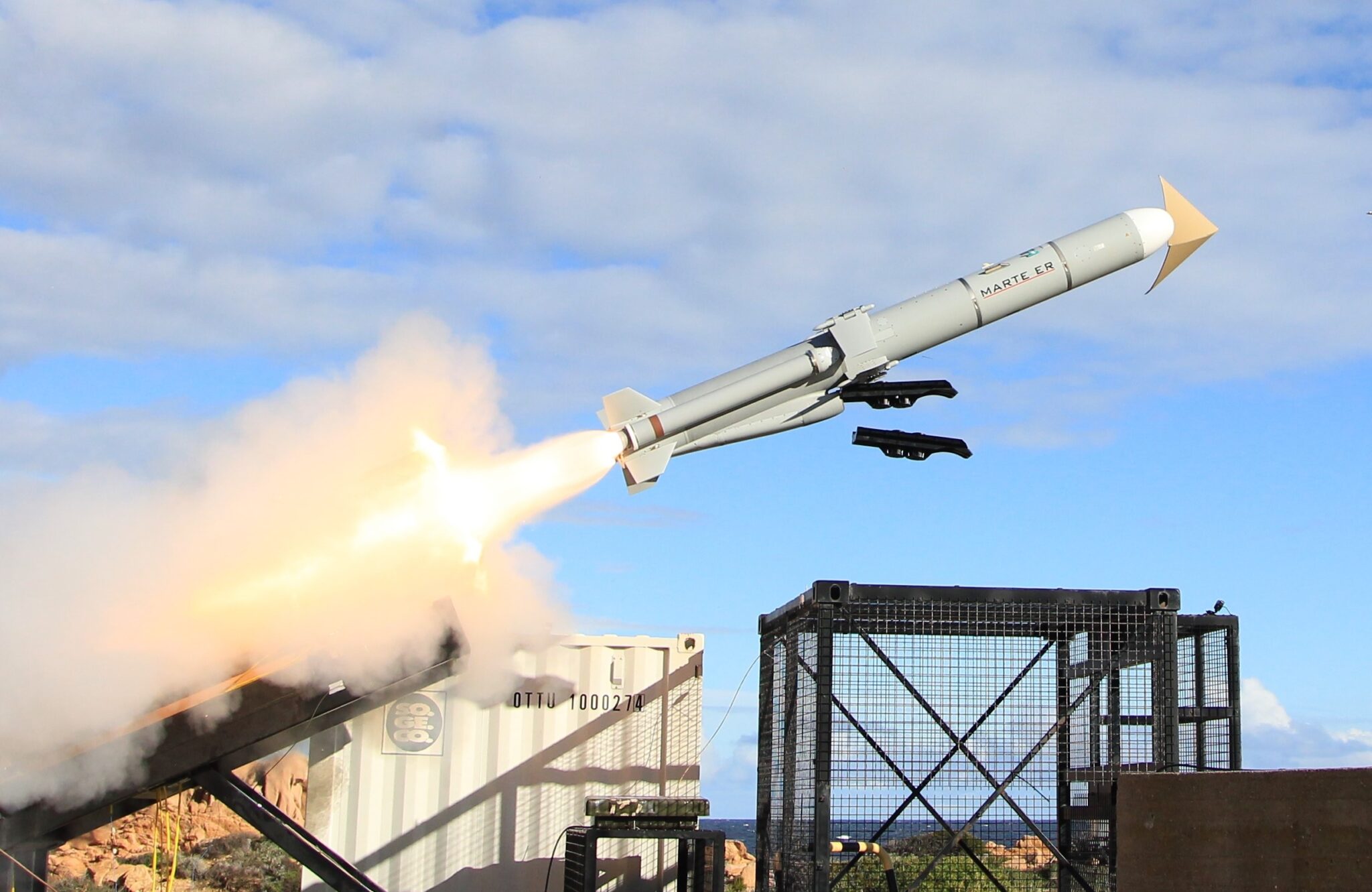
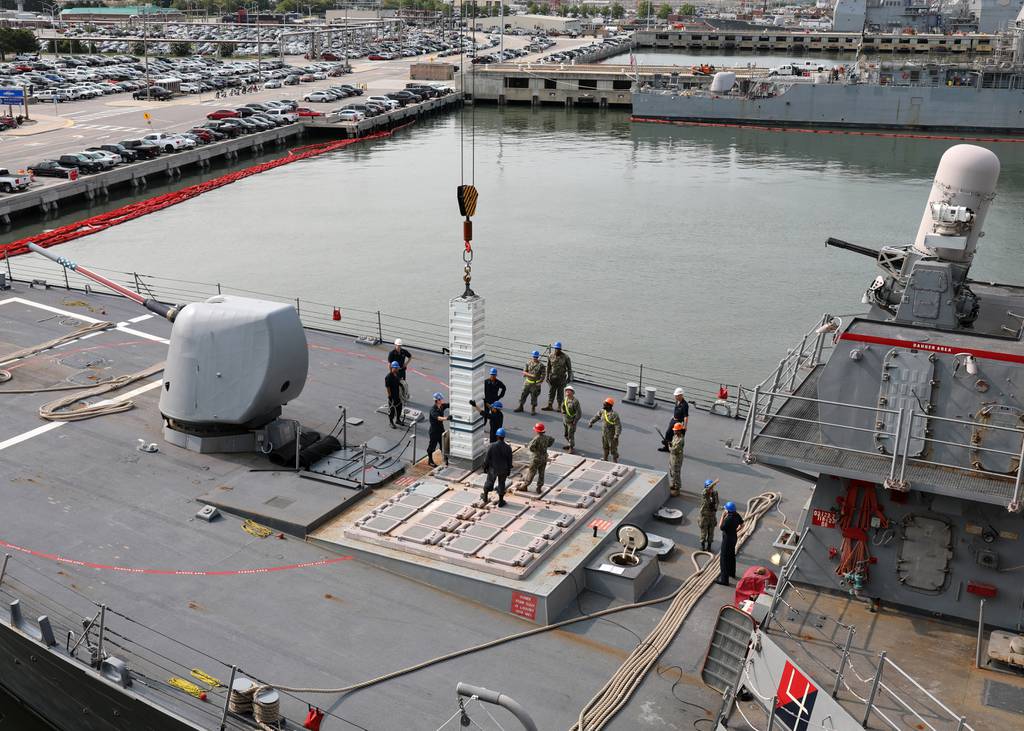

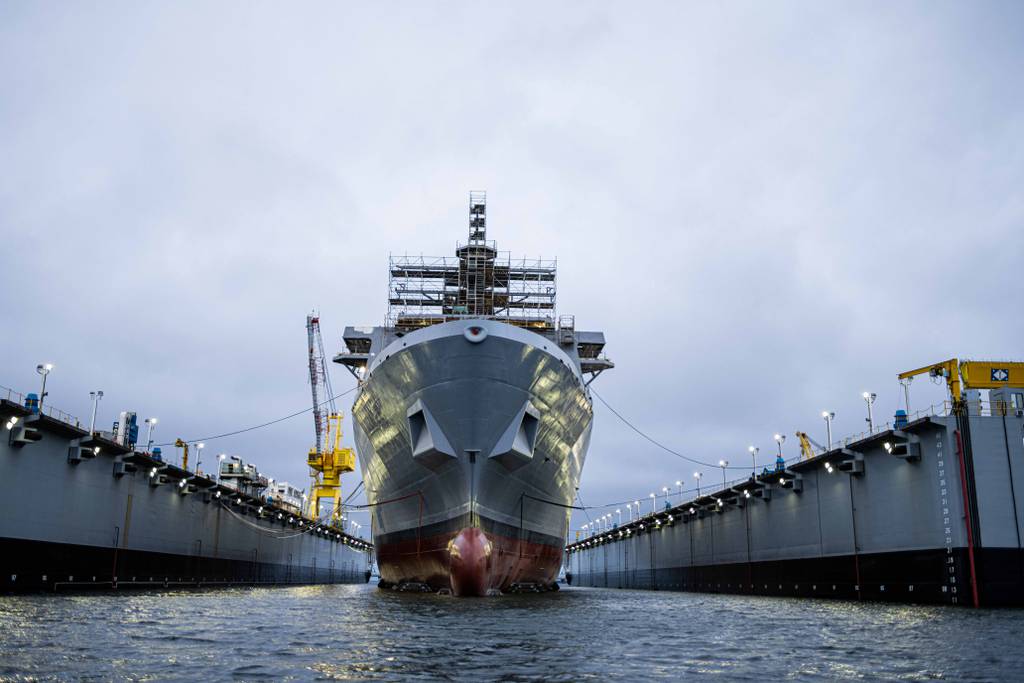
Fair. But we can develop a remarkable ability to improvise in an actual conflict. We might surprise ourselves.
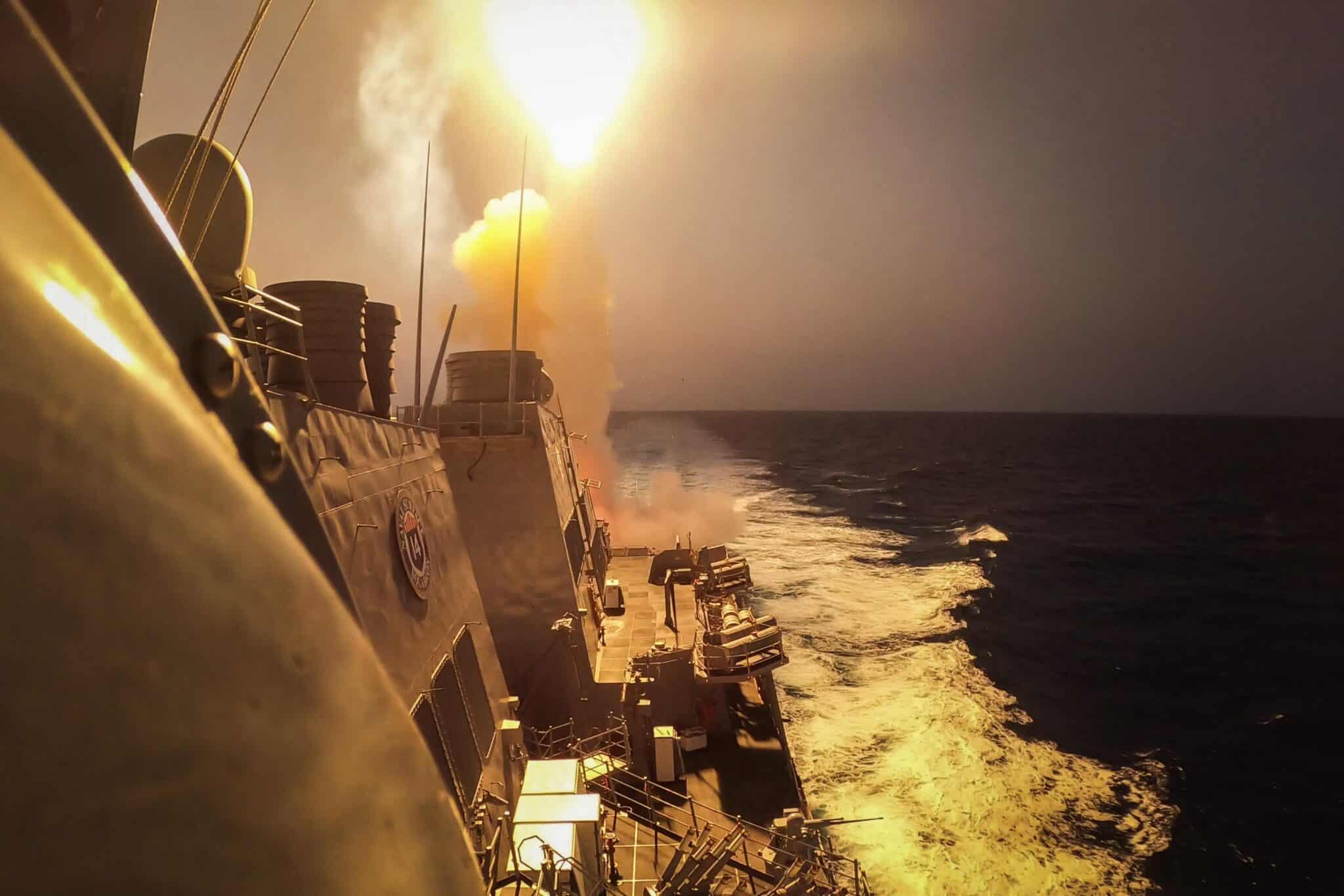
Speaking at the Surface Navy Association (SNA) annual symposium in Arlington, Virginia, SecNav Carlos Del Toro said that, since announcing (at the SNA event in 2023) the plan to develop and test the capability to re-arm surface ships at sea, the Transportable Re-Arming Mechanism (TRAM) system has continued development, with funding secured to conduct testing in 2024.
